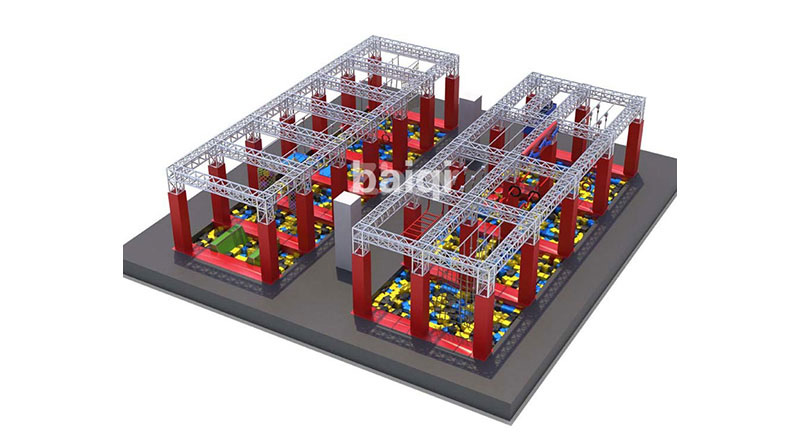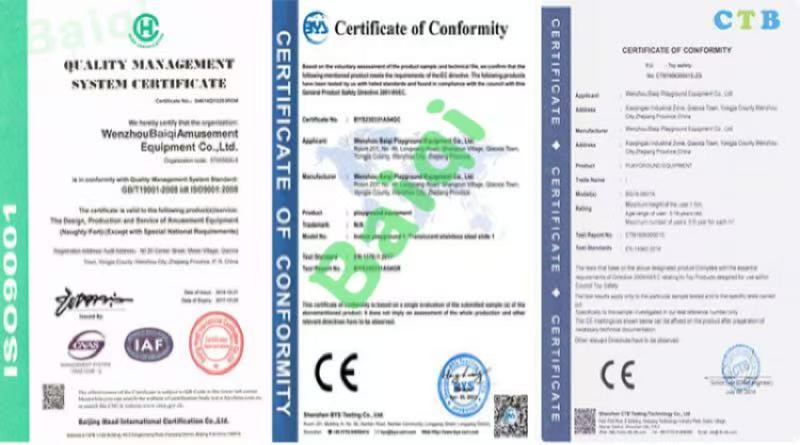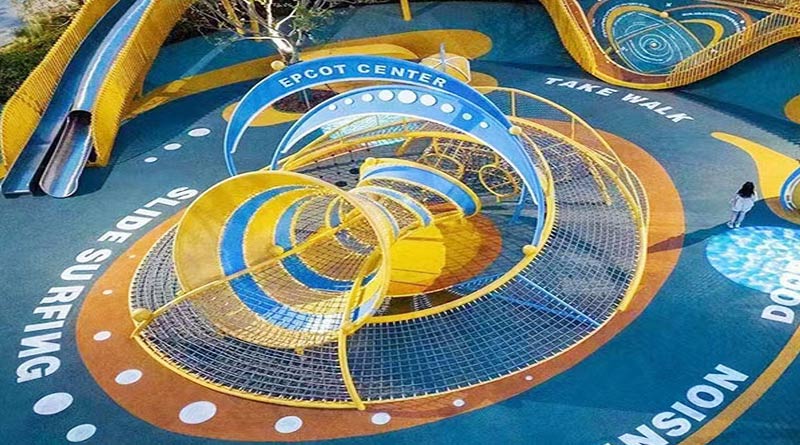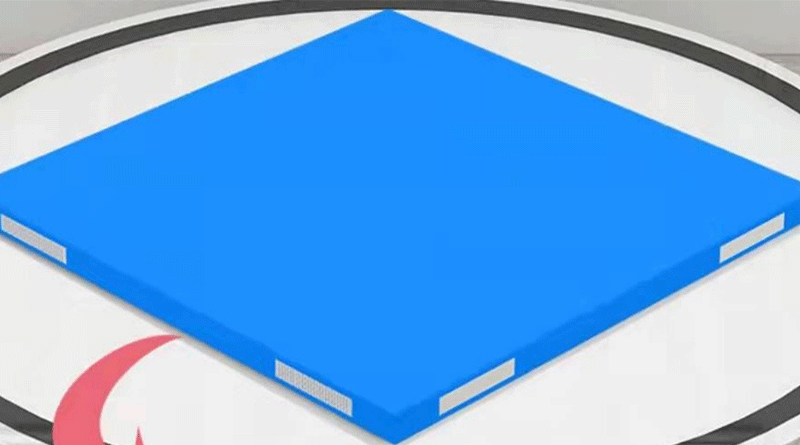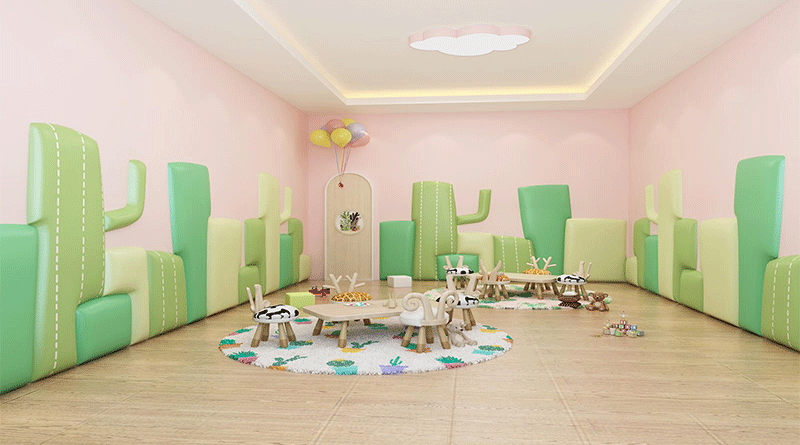How Much Money Does It Take to Build a Trampoline Park?
 Jun 18,2025
Jun 18,2025Opening a trampoline park combines fun, fitness, and lucrative business potential—but it requires a solid financial plan. From equipment to permits, here’s a detailed breakdown of the costs involved in building an indoor trampoline park, along with insights into pricing and profit margins.
Detailed Overview of Trampoline Park Costs
The startup cost for an indoor trampoline park typically ranges from $100,000 to $500,000, depending on factors like size, location, and amenities. Here’s a breakdown of key expenses:
1. Franchise Fees (If Applicable)
Cost: $5,000–$30,000
Franchising offers brand recognition and support but adds an initial fee to your budget.
2. Location Costs: Lease, Deposits, and Improvements
Lease & Deposit: $10,000–$50,000
Building Improvements (renovations, utilities): $10,000–$100,000
Location is critical: Prime areas may cost $2–$8 per square foot, while a 25,000 sq. ft. space (including waiting areas and a canteen) can cost $50,000–$200,000.
3. Equipment and Supplies
Trampoline Equipment (for 30,000 sq. ft.): $100,000–$120,000
Accessories (basketball hoops, flooring, foam pits): $5,000–$10,000+
Flooring (rubber mat, PVC padding): $10–$30 per square meter
Basketball hoops: $20–$50 each (custom courts cost more)
Themed equipment (ninja courses, rock climbing): $60–$90 per square meter for 1,000 sq. meters.
4. Furniture, Signage, and Licenses
Furniture (seating, desks): $5,000–$10,000
Signage: $5,000–$30,000
Licenses & Utilities: $1,000–$3,000
Insurance Deposit: ~$7,000 (general liability and workers’ compensation).
5. Pre-Opening and Operational Costs
Pre-Opening Salaries: $8,000–$30,000
3-Month Operating Costs (utilities, payroll): $8,000–$20,000
Marketing (website, social media): $5,000+
Inventory (snacks, drinks): $5,000.
How Much Does It Cost to Open a Trampoline Park?
The initial investment varies widely based on your vision:
Basic Setup (small space): $100,000–$200,000
Premium Park (with extra activities like climbing walls): $300,000+
Key Driver: Equipment costs, which can skyrocket with custom features or themed zones (e.g., disco nights or ninja courses).
How Much Can You Charge Customers?
Pricing depends on location and amenities:
Hourly Jumping Fee: $10+ per hour (urban areas command higher rates)
Add-Ons:
Trampoline socks (sold for $2–$3 per pair, costing $0.4–$0.6 each)
Refreshments (snacks, drinks: initial stock $1,000–$2,000)
Party packages, group discounts, and VIP passes to boost revenue.
How Much Profit Can You Make?
Profit margins are substantial with proper planning:
Average Profit Margin: 25% after covering maintenance (25%), labor (25%), and insurance (6%)
Case Study: A California park with $2 million in gross sales earned ~$500,000 in profit (39% margin) in one year.
Boost Profits by:
Offering corporate events, birthday parties, and fitness classes
Upselling food packages and merchandise
Targeting families and adults (NASA reports trampolining is better cardio than running).
Designing Your Trampoline Park for Success
To stand out, focus on:
Themes and Activities: Ninja courses, foam pits, and rock climbing attract diverse age groups.
Customization: Work with experts (like Baiqi) to design unique structures, from Wobble Hoppers to Wiggle Waggle mazes.
Safety and Comfort: Invest in quality flooring and padding to reduce injuries and enhance customer experience.
Conclusion: Is It Worth the Investment?
Building a trampoline park requires a significant upfront cost, but the industry’s growth (over 700 parks worldwide today vs. 35–45 in 2011) and high-profit potential make it a compelling venture. With careful budgeting, strategic pricing, and innovative design, your park can become a profitable hub for fun and fitness. Ready to start? Partner with experienced suppliers to bring your vision to life—and watch the returns bounce in.


